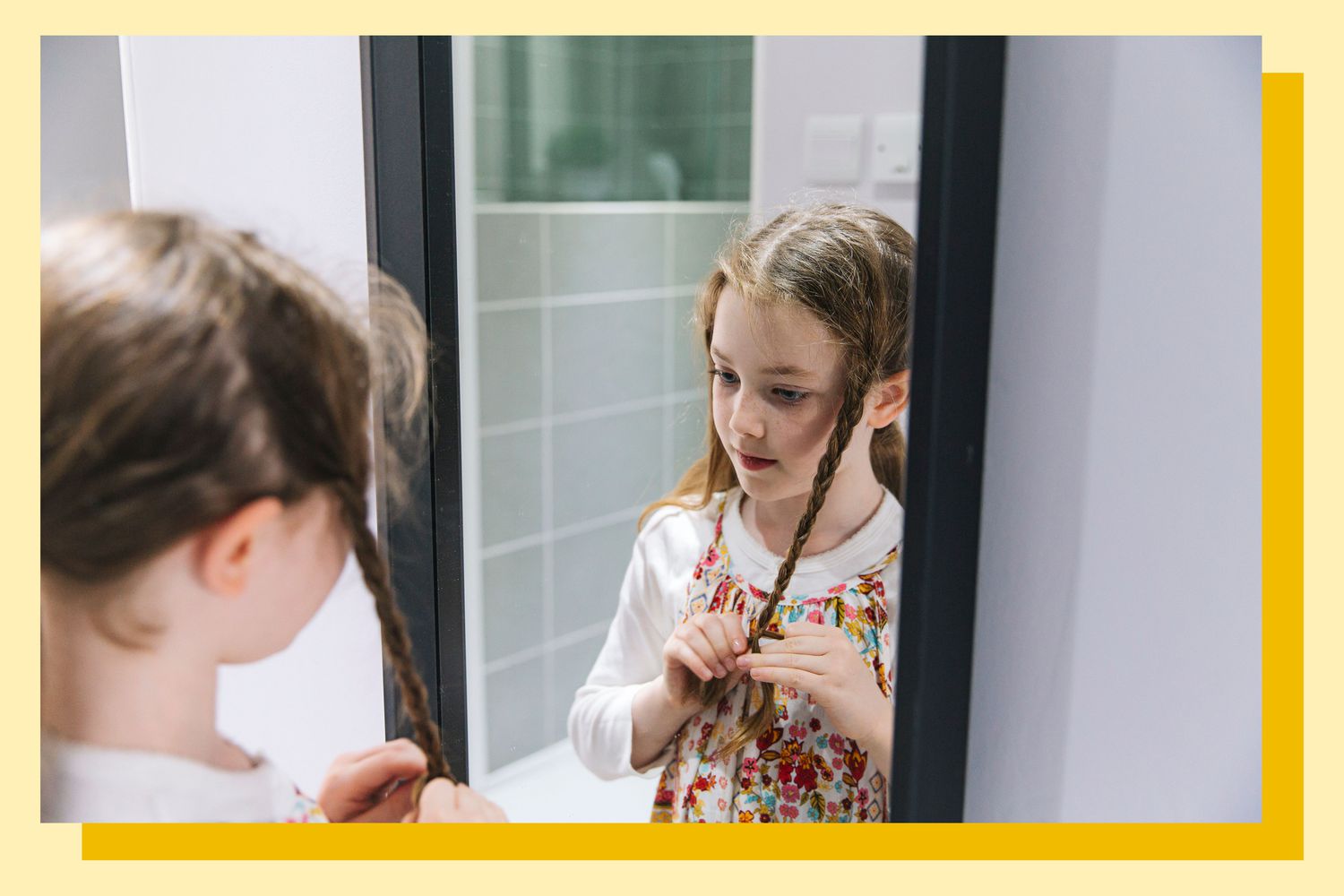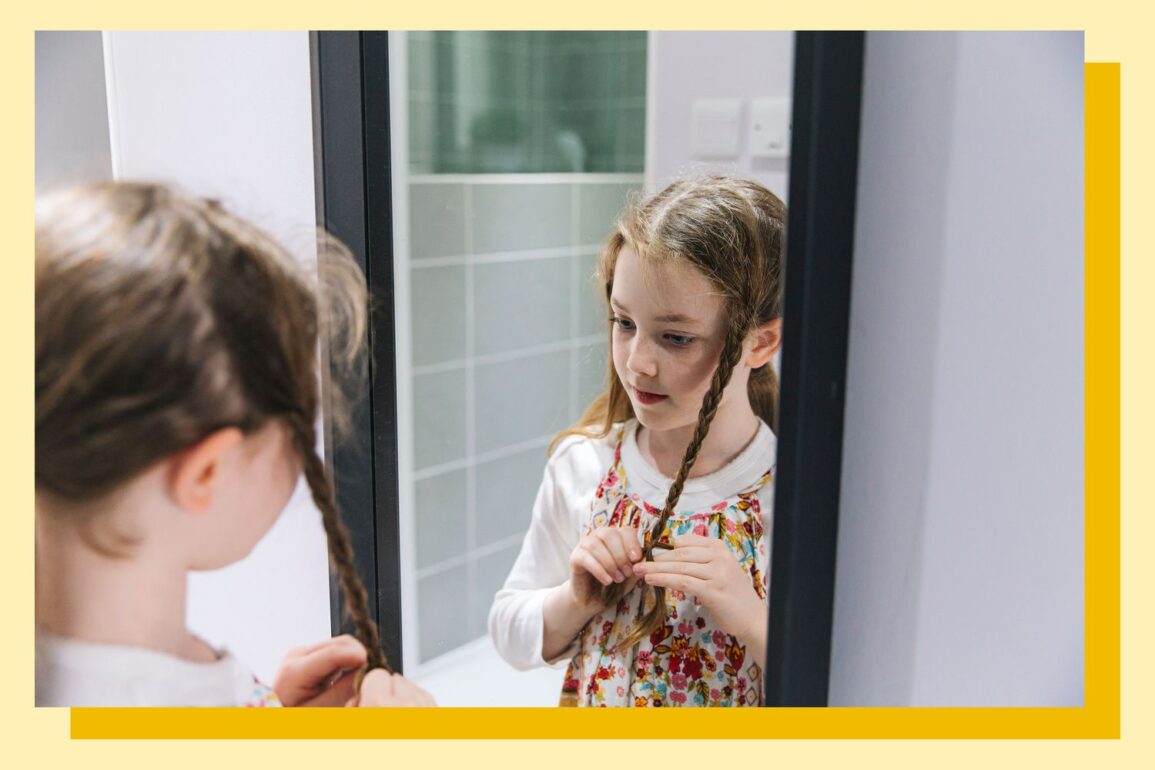
The popularity of Black hairstyles has surged in recent years, with protective styles like braids, locs, and wigs receiving widespread attention. Despite this, Black people still face discrimination for wearing these styles, particularly in professional or academic settings. The resurgence of the perm and ongoing conversations about cultural appreciation versus appropriation highlight the importance of teaching children about the cultural significance behind these hairstyles.
Navigating these kinds of conversations with your children can be challenging, especially when they simply admire a hairstyle and want to emulate it. However, these discussions are vital in raising culturally aware adults who respect others and understand that even seemingly simple choices, like a hairstyle, can carry deep cultural meaning. Here are some things to consider when discussing the topic with your non-Black child.
Cultural appropriation hurts
There is a fine line between appreciating another culture and appropriating it. When it comes to hairstyles predominantly worn by Black people, cultural appropriation often becomes a point of contention when non-Black people adopt these styles. While it can be argued that no one culture “owns” braids, styles such as cornrows, box braids, Bantu knots, and Fulani braids are deeply rooted in Black African heritage. These hairstyles are more than fashion statements—they hold cultural and historical significance and are designed to accommodate tighter curl patterns typically found in Black hair.
While these styles might look “trendy” or “cool” to some, it’s essential to recognize the ongoing fight Black people face against hair discrimination. For many, wearing these hairstyles in professional or academic spaces can lead to unfair treatment, microagressions, or outright bias. Seeing non-Black individuals praised or celebrated for the same styles—while Black people face pushback for wearing them—can feel deeply invalidating. When appreciation crosses into appropriation, it often reduces a cultural symbol into a costume.
Wearing protective hairstyles
Understanding why Black people wear braids is key to navigating conversations about cultural appreciation with your child. Braids are considered protective hairstyles for tighter curl patterns that lack moisture and are prone to breakage. These styles reduce the need for daily detangling and manipulation, which helps prevent damage and allows the hair to grow and stay healthy.
However, what serves as protection for Black hair can be harmful for looser curls, straight hair, and oily scalps. Black braided hairstyles often create tension on the scalp, and for looser textures, the tight pulling required can lead to breakage and scalp irritation. Acknowledging that protective styles are tailored to specific hair needs can help you guide your child to a hairstyle that is both culturally and physically appropriate.
Individuality is important
Children naturally enjoy mimicking their friends and embracing shared experiences. While this is a fun part of childhood, it’s also an ideal time to help your child explore their individuality. If your child asks to style their hair like their Black friend’s braids, this might be an opportunity to teach valuable lessons about respecting differences and celebrating uniqueness.
For example, you might find a compromise—if the Black friend’s braids are styled in a ponytail, you could create a ponytail for your child, explaining that while both are wearing ponytails, they’re unique in their own way, and that’s perfectly OK. Early school years are a key time for children to understand that they don’t have to participate in something to appreciate it. Use this moment to reinforce self-confidence and highlight the beauty in their own appearance, too, even if it’s different from their peers’.
These early lessons in respecting and admiring differences can help your child develop a sense of self-worth and a genuine appreciation for others’ uniqueness. Early experiences in appreciating someone’s differences go a long way once a person reaches adulthood.
Learning about others
One of the most meaningful ways to show appreciation for a culture is by educating yourself about it. However, it’s important to approach learning with mindfulness to ensure you don’t exploit or burden others in your quest for knowledge.
If you’re fortunate enough to have someone in your community who is open to answering questions or offering guidance, consider having an open and respectful conversation. If not, there are countless resources available to expand your understanding. Books that celebrate Black hair, for example, often highlight cultural significance an aim to boost self-esteem for Black children. These stories can also serve as valuable tools to help your child appreciate the beauty and importance of different cultural practices.
Books That Celebrate Black Hair
Check out these children’s books: Bedtime Bonnet by Nancy Redd, Boonoonoonous Hair by Olive Senior, Cool Cuts by Mechal Renee Roe, and Crown: An Ode to the Fresh Cut by Derrick Barnes.
Honoring your own culture
An effective way to navigate these conversations is by explaining to your child that their friend’s hairstyle is a way of honoring their culture—and that your child can celebrate their own culture, too. Ask questions like, “What do hairstyles in our culture look like?” or “Are there traditions we can explore and honor together?”
This approach helps your child connect with their heritage while appreciating their friend’s traditions. It also gives them a meaningful story to share with others, potentially sparking deeper discussions of the beauty of cultural diversity.
Key Takeaway
At the end of the day, it’s easy to dismiss the issue with phrases like “It’s only hair,” or “What’s the big deal?” However, taking the time to understand the deeper cultural significance demonstrates personal growth as a parent and person. It also sets the stage for raising culturally aware, empathetic, and kind adults who can contribute to a more inclusive world. After all, everything we become starts in childhood.
This post was originally published on this site be sure to check out more of their content.








